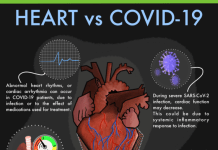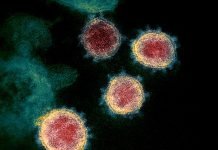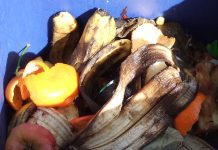An analysis of existing rock sample inside Sample Analysis at Mars (SAM) instrument, a mini laboratory onboard the Curiosity rover has revealed presence of the largest organic compounds on Mars to date. The research team detected presence of long chain alkanes decane (C10H22), undecane (C11H24), and dodecane (C12H26) which were remnants of the fatty acids undecanoic acid, dodecanoic acid, and tridecanoic acid, respectively preserved in the sample. The source of the molecules cannot be confirmed as the fatty acids may have originated from either abiotic or biological sources.
Martian organic molecules were first conclusively identified in 2015 in a sample nicknamed “Cumberland”. The present discovery of long chain hydrocarbons decane, undecane, and dodecane has been made using the same sample. It is possible that the sample has longer-chain fatty acids associated with biological processes. But the rover mini-laboratory is not optimised to detect longer-chain fatty acids.
The “Cumberland,” sample was drilled by the Curiosity rover in 2013 from an area in Mars’ Gale Crater called “Yellowknife Bay” which was site of an ancient lake. The sample has been studied several times with Sample Analysis at Mars (SAM) mini-lab using different techniques. It has been found to be rich in clay minerals, sulphur, nitrates, and methane.
Detection of larger long chain hydrocarbon remnants of fatty acids indicates that prebiotic chemistry on Mars may have advanced further. However, confirmation of life on Mars would require return of Mars samples to Earth for deeper analysis. The present discovery enhances the likelihood of detection of biosignatures of life on Mars using sophisticated equipments when the samples are returned to Earth in future.
***
References:
- NASA News release – NASA’s Curiosity Rover Detects Largest Organic Molecules Found on Mars. Posted 24 March 2025. Available at https://www.jpl.nasa.gov/news/nasas-curiosity-rover-detects-largest-organic-molecules-found-on-mars/
- Freissinet C., et al 2025. Long-chain alkanes preserved in a Martian mudstone, Proc. Natl. Acad. Sci. U.S.A. 122 (13) e2420580122, Published 24 March 2025. DOI: https://doi.org/10.1073/pnas.2420580122
***




































